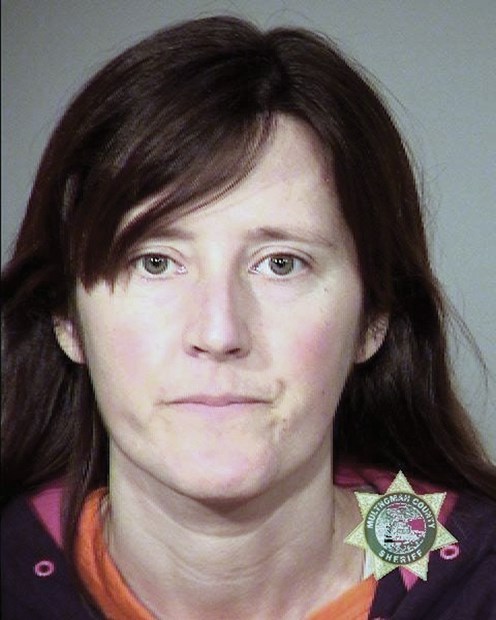Jane Seyd
A North Vancouver woman and former radical activist who hid out from U.S. authorities for more than half a decade entered guilty pleas to three charges of arson and conspiracy in an Oregon court on Thursday.
Rebecca Rubin, 40, pleaded guilty to involvement in arson plots against wild horse facilities in Oregon and California and the Vail Ski area in Colorado when she was a member of a secretive “eco-terrorist” group in the late 1990s and early 2000s.
Rubin left the group more than a decade ago and had been living in Canada. She turned herself in to authorities last year, after reaching a plea bargain with prosecutors.
Under that plea deal, Rubin will spend a minimum of five years in jail for her crimes. She could face more than seven years in prison.
She has also agreed to tell authorities details about her own involvement in the plots to destroy property, including forestry buildings, electrical equipment, a meat company, and other federal and private property when she was a member of both the Earth Liberation Front and the Animal Liberation Front, 10 to 15 years ago.
Rubin has not agreed to give up details of other members of the group, two of whom remain at large.
Rubin went to high school in North Vancouver and attended Simon Fraser University before getting involved in radical environmental and animal rights movements in her 20s.
Rubin’s lawyer Richard Troberman said Rubin’s involvement in the more radical fringe of the movements came from frustration she felt that “bad things were happening and nobody was doing anything about it.”
Rubin’s longtime friend David Barbarash concurred in an email interview that Rubin probably acted out of “a great sense of urgency to protect our planet and all inhabitants, including humans. Generally speaking, radical activists believe that the more traditional methods of protest do not, and cannot work, thus more direct methods are employed.”
According to documents filed in Oregon district court, Rubin’s direct action included joining a cell of the Earth Liberation Front known as the “Family” — a group skilled at planning, researching and carrying out plots to destroy targets based on political motives. Homemade incendiary devices set off with kitchen timers, model rocket igniters, fake ID, disguises, two-way radios and cyber sleuthing were all part of the group’s arsenal for carrying out their eco-attacks.
According to documents filed as part of the plea deal, one of Rubin’s actions was to release wild horses from a federal government corral in Burns, Ore., on Nov. 30, 1997 while other members of the group placed incendiary devices at the facility, which went off, burning it down.
She was also involved in a plot to target the Vail ski area in Colorado in 1998 over expansion plans opposed by environmentalists. The plot was later scrubbed after cold temperatures made digital timers too unreliable. But other members of the group later returned and set fire to it.
Rubin also helped release horses from another wild horse facility in California in October of 2001, later acknowledging “they wanted to target the facility to prevent the government taking wild horses off public lands and sending them to slaughterhouses.”
While property damage committed by the “Family” was in the millions of dollars, “no one was ever hurt or killed by these people that I’m aware of,” said Troberman. “That wasn’t by accident. They took pains to make sure there were no people around.”
Rubin eventually left the group and returned to Canada. But authorities closed in on cell members over the years, issuing an indictment in 2006.
While members of the group made a pact “never to reveal to law enforcement authorities or to anyone else outside the cell the identities of the conspirators,” according to court documents, that crumbled in the wake of arrests.
Rubin spent much of the time between 2006 and 2012 on the run from authorities. “It was very difficult. Being a fugitive is not fun,” said Troberman. “It’s much like being in a prison without walls.”
Troberman said the weight of her past is one of the reasons Rubin never married or had children. “She didn’t want to have any of her earlier bad choices impact on anyone else.”
Troberman said Rubin tried to broker a deal with U.S. officials in 2009, but California authorities refused to relent on a 30-year sentence.
She eventually turned herself in when prosecutors agreed to a lesser sentence.
Both Troberman and Barbarash said Rubin is a different person now than the young woman who committed the criminal acts more than a decade ago.
“She’s 40 years old now. She’s had a lot of time to reflect,” said Troberman.
“Her motives were always pure,” he said. But now, Rubin realizes “there are other ways of trying to accomplish things than the ways she was involved with over that very short period of time.”
Rubin will be sentenced in January.



